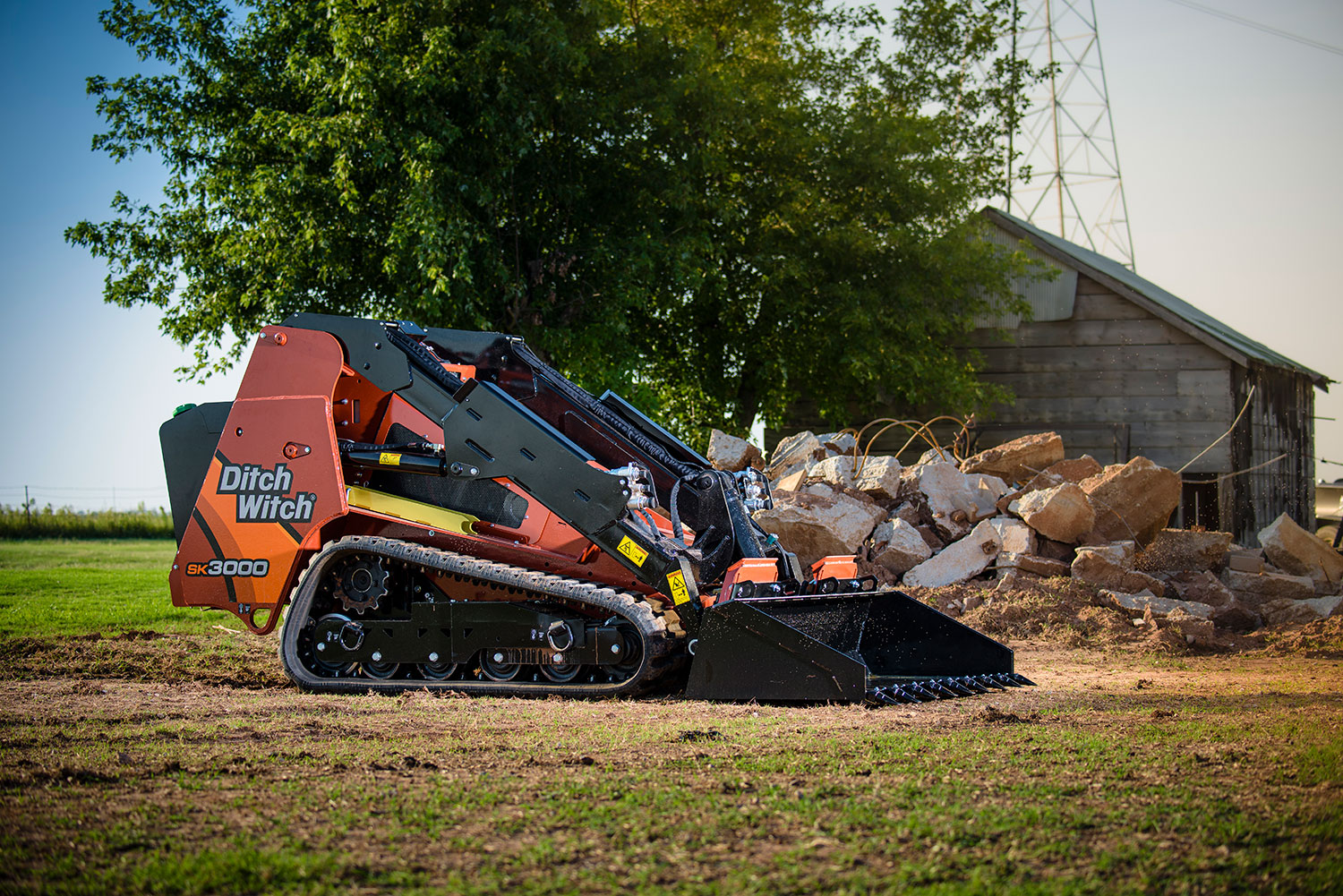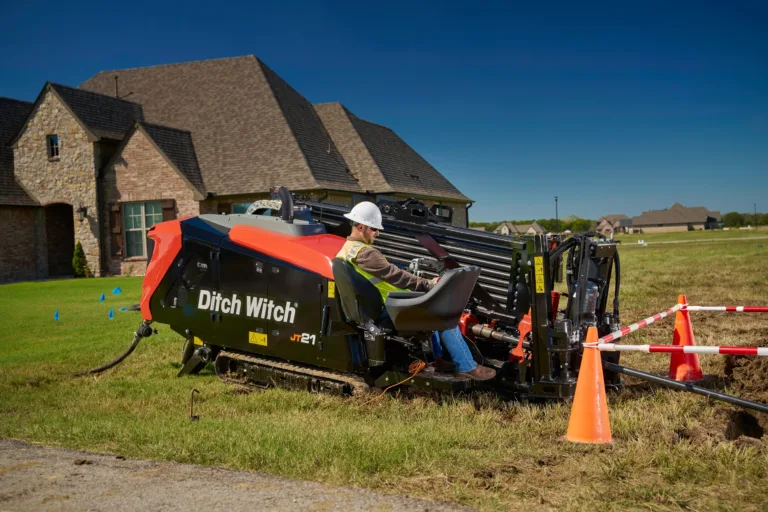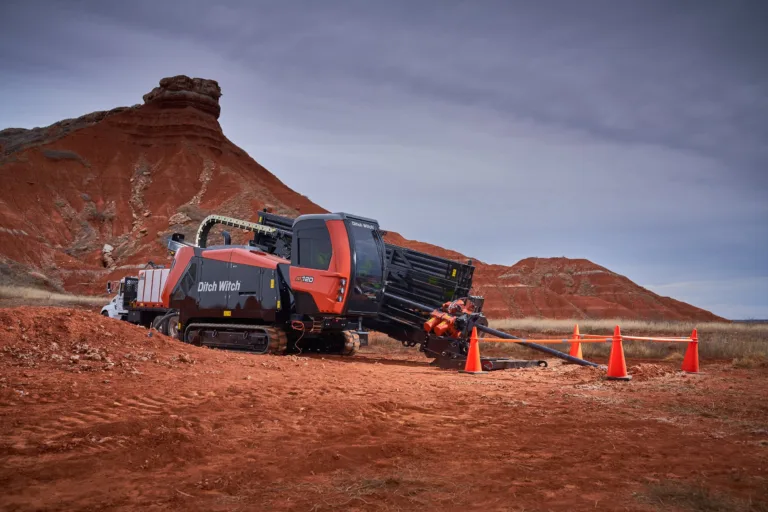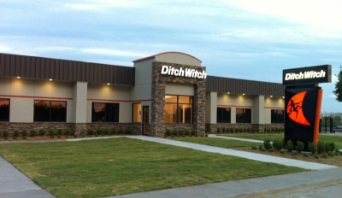Despite difficulty finding new landscaping workers, D2Scapes has been able to take on multiple jobs at once with the help of their Ditch Witch stand-on skid steers
It’s not easy to get 90% of people to agree to anything, but in 2020 almost 90% of landscapers agreed that it was difficult to find good employees in their industry, according to the 2020 Green Industry Benchmark Report.
The workforce shortage has been a year-over-year problem in the landscaping industry, but it hasn’t stopped the demand for work from increasing. In fact, demand for work is at an all-time high in many areas. To make sure supply keeps up with demand, landscaping companies are getting get creative and relying more on their machines than ever.
D2Scapes, based in Hot Springs, Arkansas, is one company that amid the labor shortage has relied more on machines, particularly its Ditch Witch SK750 and SK3000 stand-on skid steers.
“I consider my Ditch Witch stand-on skid steers to be employees,” said Darrel Anderson, owner and CEO of D2Scapes. “It’s a hard time to find workers in the landscape industry right now, so I’m running much smaller crews than I’m used to. With my SKs, I’m still able to get jobs done on-time and on-budget. Sometimes I’m even getting jobs done faster than I have in years past.”
D2Scapes offers a wide range of landscaping services but specializes in large, high-end residential yards. These jobs often have multiple tasks and require powerful, versatile solutions. Because stand-on skid steer machines have top-of-the-line operating capacities, offer a wide assortment of attachment options and have an easy hop-on, hop-off operator platform, D2Scapes has been able to operate with crews as small as one worker and still finish jobs on time.
Two with the Efficiency of One
One example of this was in the fall of 2020 when D2Scapes was able to take on two separate residential landscaping projects in Hot Springs at the same time.
The larger project was recreation of a natural setting in a residential area. The job required adding large boulders, creating pathways to a nearby lake, adding irrigation and drainage systems and substantial mulching to preserve a natural look and feel around the house.
The other job required irrigation installation, adding storm and water drainage systems, sodding around the house and recreating a slope to a nearby lake by adding topsoil. When working on this smaller job, D2Scapes’ crew had to contend with a space-restricted suburban area.
Both jobs were also complicated by the hilly Arkansas terrain.
“Before I had the stand-on skid steers, I wouldn’t have had the equipment or manpower to take on both jobs at the same time,” Anderson said. “And because of that I likely would have lost one of the jobs because the customer didn’t want to wait. With the SKs I knew I could make both work at the same time, even with a smaller crew.”
One of the biggest challenges of the larger landscaping job was a formidable mulching task. A task that Anderson said would typically be an all-day project with his other tractor, due to the slope of the jobsite and size of the area that needed mulching. With the SK3000, the job took half that time.
“I actually started the mulching alone with just the machine and I onsite,” he said. “I wanted to get the job started and have the crew join me later, but the SK3000 was much more efficient than I expected. I ended up completing a majority of the mulching in 2 hours, not the entire day that I was expecting – and that was without anyone else onsite.”
The biggest benefit of the Ditch Witch stand-on skid steers that contributed to Anderson’s efficiency was the hop-on, hop-off operator platform.
“I’m off and on a machine multiple times throughout a day, so it would drive me nuts – and limit my productivity – if I had to open a door, climb over the bucket and put on my seatbelt every time I wanted to get on and off a machine,” Anderson said. “In fact, when we used traditional machines in the past, the operator would just stay in the tractor or skid steer all day while others did the hand work. Now, stand-on skid steers make it very easy for our workers to change tasks and keep moving throughout the day – and that’s a big part of how we work.”
Another reason Anderson and his crew were able to efficiently complete two big jobs at the same time was because of the skid-steer’s versatile attachment options. Anderson Landscape owns forks, buckets, a trencher and a power brush, which they use for jobsite cleanup.
“Being able to easily switch attachments is key in helping us to accomplish a variety of jobs with just the one machine,” Anderson said. “Since many of our jobs are in residential areas that already have multiple vehicles taking up jobsite space, the ability to bring just one machine to a jobsite is a huge plus. In the future I definitely plan to continue looking into new attachments that can help my crew take on new jobs. I believe that will be the future of how we work.”
Additionally, Anderson said the simple transportability of both machines allowed his crew to easily shuffle machines between jobsites and that the stand-on platform significantly increased visibility – especially when the operator is in reverse.
Transforming the Future of Landscaping
Looking ahead, Anderson is confident that he will continue to succeed in the landscaping industry with his SK3000 and SK750 – despite the current shortage of workers.
“If workers continue to be difficult to find, landscapers will need to rely more and more on their equipment, and in my industry, stand-on skid steers are perfect,” Anderson said. “The first time I drove my stand-on skid steer, the machine just felt like an extension of me. With ease, I could move material, change attachments and hop off and on. I turned into the ideal landscaping machine.”






